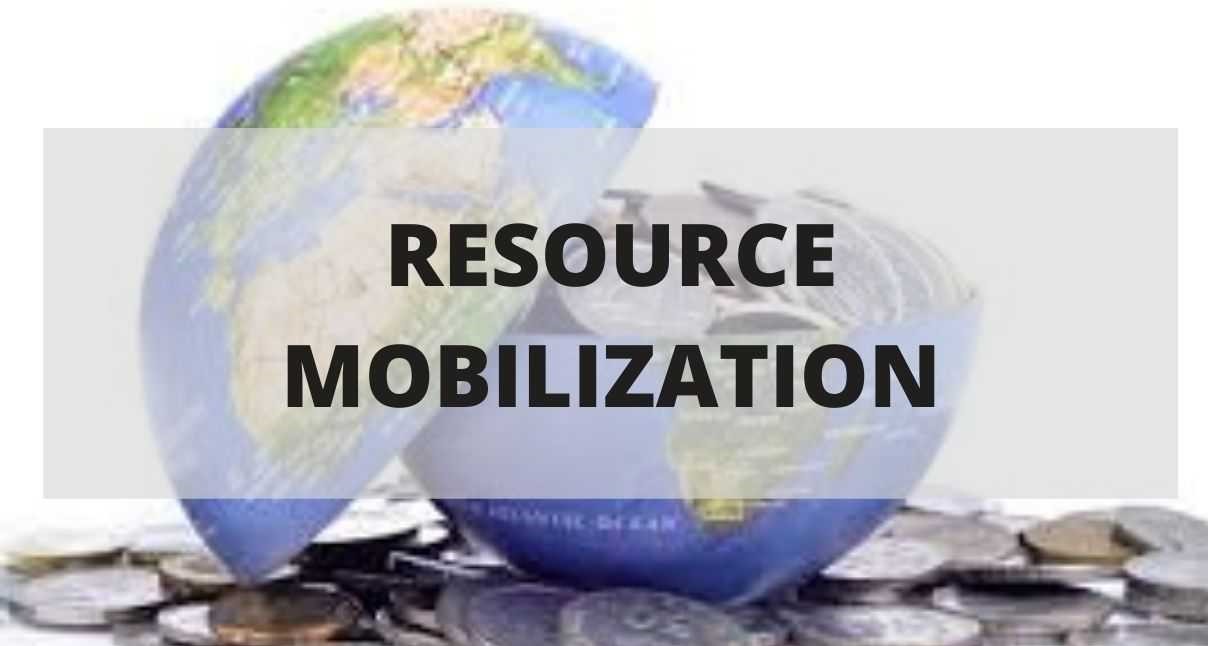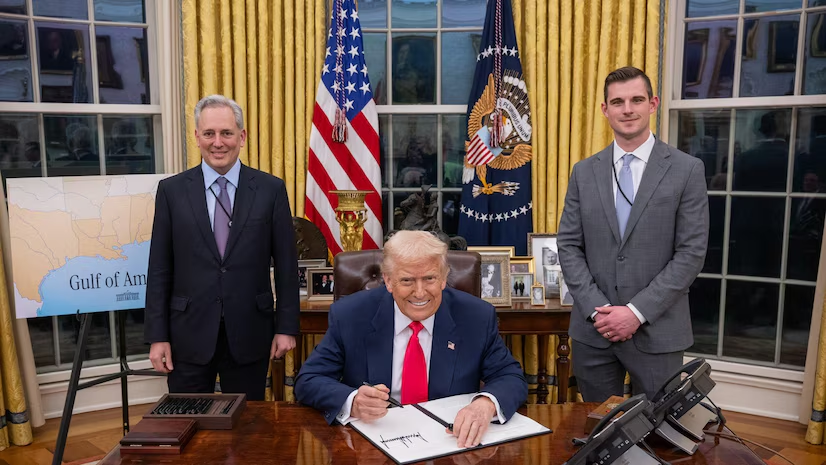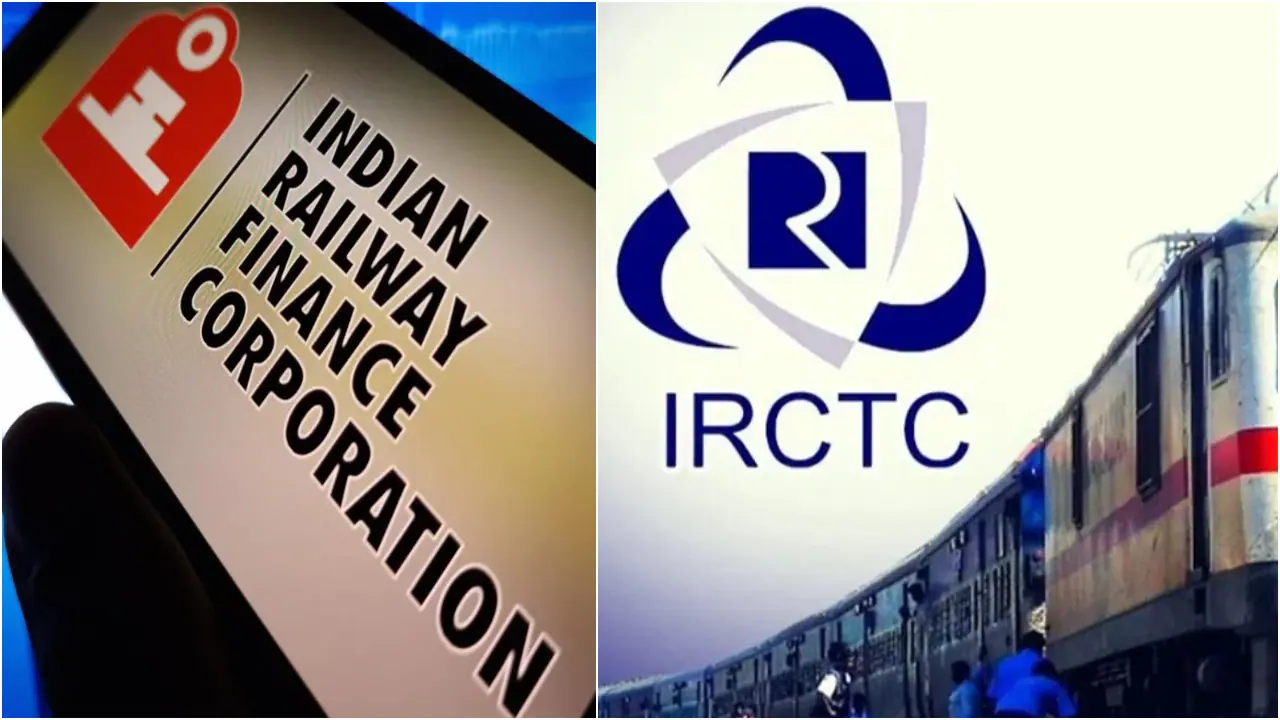- Courses
- GS Full Course 1 Year
- GS Full Course 2 Year
- GS Full Course 3 Year
- GS Full Course Till Selection
- MEP (Mains Enrichment Programme) Data, Facts
- Essay Target – 150+ Marks
- Online Program
- GS Recorded Course
- NCERT- First Ladder
- Polity
- Geography
- Economy
- Ancient, Medieval and Art & Culture AMAC
- Modern India, Post Independence & World History
- Environment
- Governance
- Science & Technology
- International Relations and Internal Security
- Disaster Management
- Ethics
- Current Affairs
- Indian Society and Social Issue
- CSAT
- 5 LAYERED ARJUNA Mentorship
- Public Administration Optional
- ABOUT US
- OUR TOPPERS
- TEST SERIES
- FREE STUDY MATERIAL
- VIDEOS
- CONTACT US
Mobilization Of Resources
Mobilization Of Resources
10-03-2023

Mobilization Of Resources
- Mobilization of resources is the process of bringing together all the resources required to achieve a particular goal or objective. The resources can be financial, human, natural, or technological.
- Mobilising resources is critical for the success of any project or initiative. The process involves identifying the resources needed, allocating them effectively and efficiently, and managing them appropriately to ensure they are used in the most effective way.
- In today's fast-paced world, mobilisation of resources has become increasingly important. Organizations, both public and private, are constantly trying to optimize their resources to achieve their goals. With limited resources available, it is essential to mobilize them efficiently.
Importance Of Resource Mobilisation
- Efficient use of resources: Resource mobilisation ensures that resources are allocated efficiently, used effectively, and monitored regularly to ensure maximum output. It ensures that the resources available are used to their full potential, reducing wastage and improving productivity.
- Financial sustainability: Mobilisation of financial resources ensures the financial sustainability of an organization or project. Adequate funding is required for research, development, production, and marketing activities. Without proper funding, an organization or project may struggle to achieve its goals and may even fail.
- Human capital development: Mobilising human resources is essential for developing the skills and capabilities of employees. By investing in training and development programs, an organization can build a highly skilled and motivated workforce that can contribute to its growth and success.
- Innovation and creativity: Mobilising technological resources enables an organization to leverage new technologies and processes to improve efficiency, reduce costs, and increase competitiveness. This can lead to innovation and creativity, which can drive growth and success.
- Partnerships and collaborations: Resource mobilisation also involves building partnerships and collaborations with external stakeholders. These partnerships can help to leverage resources and create synergies that would not be possible otherwise. It also allows organizations to tap into the expertise and knowledge of other organizations and individuals, leading to better decision-making and improved outcomes.
- Resilience and adaptability: Resource mobilisation also enables organizations to adapt to changes in their environment. By mobilising resources effectively, organizations can respond to unexpected challenges and opportunities, improving their resilience and adaptability.
Types of Resources
There are several types of resources that are essential for economic and social development. Some of the major types of resources:
- Natural resources: Natural resources refer to materials and substances that occur naturally in the environment and are used by humans to sustain life and create wealth. Examples of natural resources include minerals, water, forests, oil, gas, and agricultural land.
- Human resources: Human resources are the people who work in organizations, businesses, and other entities. Human resources can be classified into two main categories: skilled and unskilled. Skilled human resources are those who have specialized knowledge and expertise in a particular field, such as doctors, engineers, and lawyers, while unskilled human resources are those who do not have specialized knowledge or training, such as manual laborers.
- Financial resources: Financial resources refer to money and other forms of capital that are used to finance economic activities. Examples of financial resources include cash, credit, loans, and investments.
- Physical resources: Physical resources refer to tangible objects and equipment that are used in production and other economic activities. Examples of physical resources include machinery, vehicles, buildings, and raw materials.
- Intellectual resources: Intellectual resources refer to intangible assets that are used to create and maintain competitive advantage. Examples of intellectual resources include patents, copyrights, trademarks, and trade secrets.
- Technological resources: Technological resources refer to tools, equipment, and processes that are used to create, develop, and implement new products and services. Examples of technological resources include computers, software, communication systems, and research and development facilities.
How does private sector mobilize domestic resources?
- The private sector mobilizes the savings of households and firms through financial intermediaries, which allocate these resources to investment in productive activities.
- Taking debt from market, FDI, etc
How does public sector mobilize domestic resources?
- Taxation, Budgeting process, subsidies distribution
- Public revenue generation for investment in social services and infrastructure and the allocation function.
Challenges In Mobilizing Resources
India faces several challenges in mobilizing resources for its economic and social development.
- Limited tax base: India has a relatively small tax base, with only a small fraction of its population paying income tax. This limits the government's ability to mobilize resources through taxation.
- Tax evasion and avoidance: Tax evasion and avoidance are widespread in India, which further reduces the government's ability to mobilize resources. This is often due to a lack of enforcement capacity and a complex tax system.
- Weak financial system: India's financial system is still developing, with limited access to credit and financial services for many people and businesses. This makes it challenging for organizations to mobilize resources through borrowing or investment.
- Informal economy: A large portion of the Indian economy operates in the informal sector, which makes it difficult to regulate and tax. This limits the government's ability to mobilize resources and provide public services.
- Limited private sector participation: The private sector's contribution to resource mobilization in India is still relatively limited, particularly in sectors such as education and healthcare. This is partly due to regulatory challenges and a lack of incentives for private investment in public goods.
- Inefficient resource allocation: Inefficient allocation of resources can lead to waste and reduce the effectiveness of resource mobilization efforts. This is often due to bureaucratic processes and a lack of transparency and accountability in the allocation of public resources.
Steps to improve resource mobilization in India:
- Strengthen tax administration: Improving tax administration can help to increase revenue collection and reduce tax evasion and avoidance. This could involve simplifying the tax system, investing in technology and capacity building, and improving enforcement mechanisms.
- Expand the tax base: Expanding the tax base by bringing more people and businesses into the formal sector can help to increase revenue collection. This could involve providing incentives for voluntary compliance, improving tax literacy, and simplifying compliance procedures.
- Promote private sector participation: Encouraging private sector participation in public goods, such as education and healthcare, can help to mobilize additional resources for these sectors. This could involve providing incentives for private investment, improving the regulatory environment, and promoting public-private partnerships.
- Strengthen the financial system: Improving access to credit and financial services for people and businesses can help to mobilize additional resources. This could involve increasing financial inclusion, improving the regulatory environment, and promoting innovation in financial technology.
- Improve resource allocation: Ensuring efficient and transparent allocation of public resources can help to reduce waste and increase the effectiveness of resource mobilization efforts. This could involve strengthening monitoring and evaluation mechanisms, promoting citizen engagement and participation, and improving governance and accountability.
- Increase international development cooperation: Strengthening international development cooperation can help to mobilize additional resources for development. This could involve increasing development assistance, promoting public-private partnerships, and leveraging private investment for development.
These steps require a coordinated effort from different stakeholders and a long-term perspective. It is essential to prioritize resource mobilization efforts to achieve sustainable economic and social development in India.



